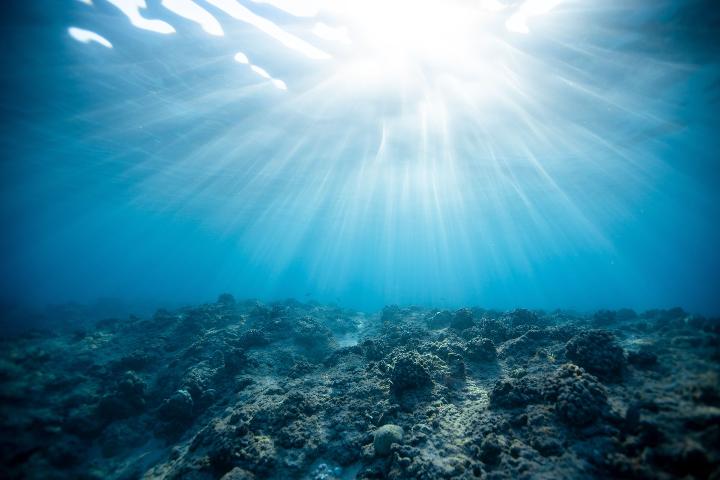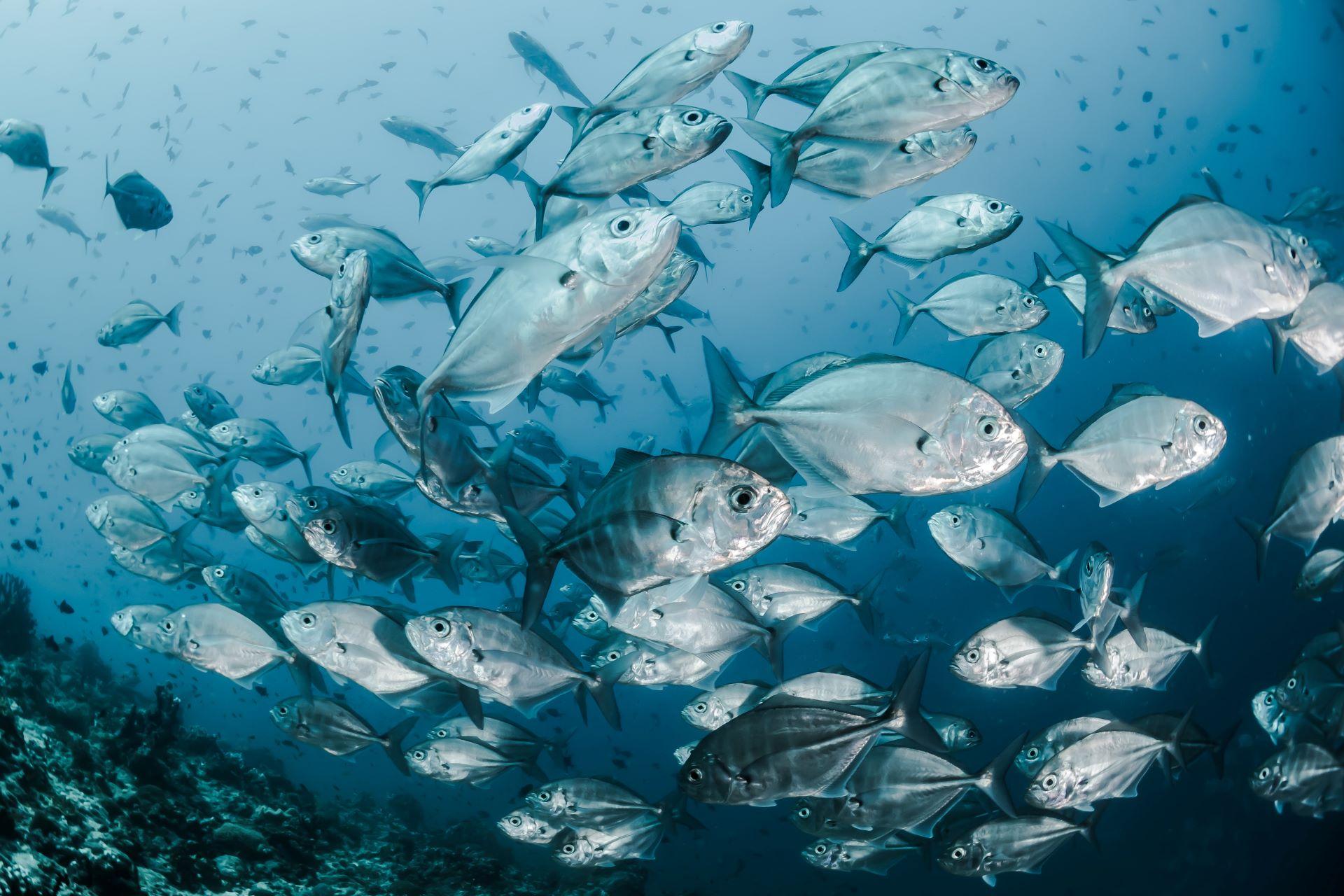Target Detection and Tracking System
Industry:
Maritime Mobility
Challenge:
Design, develop and deploy a fully functional ecosystem which spans from the onboard embedded system to an interactive mobile app, and everything in between.
(This case study is heavily redacted due to cutting edge nature of the project)
Outcome:
vResolv.io took up the task to develop and construct an ecosystem with the aim to revolutionize the maritime mobility industry, equipped with cutting-edge technology and user-friendly implementations.
DEVELOPING THE STRATEGY
vResolv.io had to overcome multiple obstacles which were typical to the environments of deployment for the system.
Challenge #1
Addressing the complexities of underwater environments, including varying light conditions and optical aberrations.
Challenge #2
Precise differentiation between primary targets and decoy, eliminating false positives.
Challenge #3
Implementing a real-time tracking mechanism to monitor target movements and maintain individual identities with high fps and multiple streams.
THE SOLUTION

To solve the challenges faced in underwater target identification and tracking, the methodology centered around leveraging deep learning architectures, devising proprietary algorithms for distinction between entities, and utilizing powerful hardware for real-time analytics.
Tech Stack Implemented:
Programming language: C++
Algorithms: YOLO v7 / v8 deep learning architecture, NvCDF Tracking algorithm, proprietary algorithms for target-decoy distinction
Hardware: Nvidia's Jetson Orin 64 GB
Tools & Libraries: Nvidia's Deepstream, Qt Framework
IMPLEMENTATION OVERVIEW
The solution was kick-started by incorporating the YOLO v7 / v8 deep learning architecture to facilitate instantaneous and accurate target identification. A diverse dataset of underwater target images was employed to train this model, ensuring high detection accuracy.
To combat the challenges of distinguishing target from decoy, proprietary algorithms were designed which considered attributes like size, shape, and movement patterns of the subjects.

The NvDCF Tracking algorithm was an essential inclusion to maintain and track the individual identities of targets in real-time.
On the hardware side, Nvidia's offerings played a pivotal role: The Jetson Orin 64 GB was chosen for its compactness and prowess, and the Deepstream tool ensured a seamless experience with 200+ frame rates and multiple streaming capabilities. Lastly, to bring the solution to life, C++ was used within the Qt framework, guaranteeing optimal hardware usage and presenting users with a sophisticated user interface.
THE PAYOFF
- Achieved impeccable differentiation between targets and decoys.
- Enabled real-time target behaviour analytics.
- Reduced operator intervention, activating them only upon successful target detection.
- Delivered a state-of-the-art automated target tracking solution.

RESULTS & OUTCOMES
By the end of development and integration, vResolv.io was successful in satisfying the client’s requirements.
Outcome #1
Successfully navigated the intricacies of underwater environments, creating a solution that effectively addresses light variations and optical challenges.
Outcome #2
Developed a top-tier target detection system using state-of-the-art technologies such as YOLO v7 / v8 deep learning architecture, NvDCF Tracking Algorithm, Nvidia’s Deepstream, and Nvidia’s Jetson Orin 64 GB.
Outcome #3
Achieved precision in distinguishing between target aquatic entities and other distractions, effectively minimizing false positives.
Outcome #4
Enhanced user experience with a sleek UI developed within the Qt framework, coupled with optimized hardware utilization.